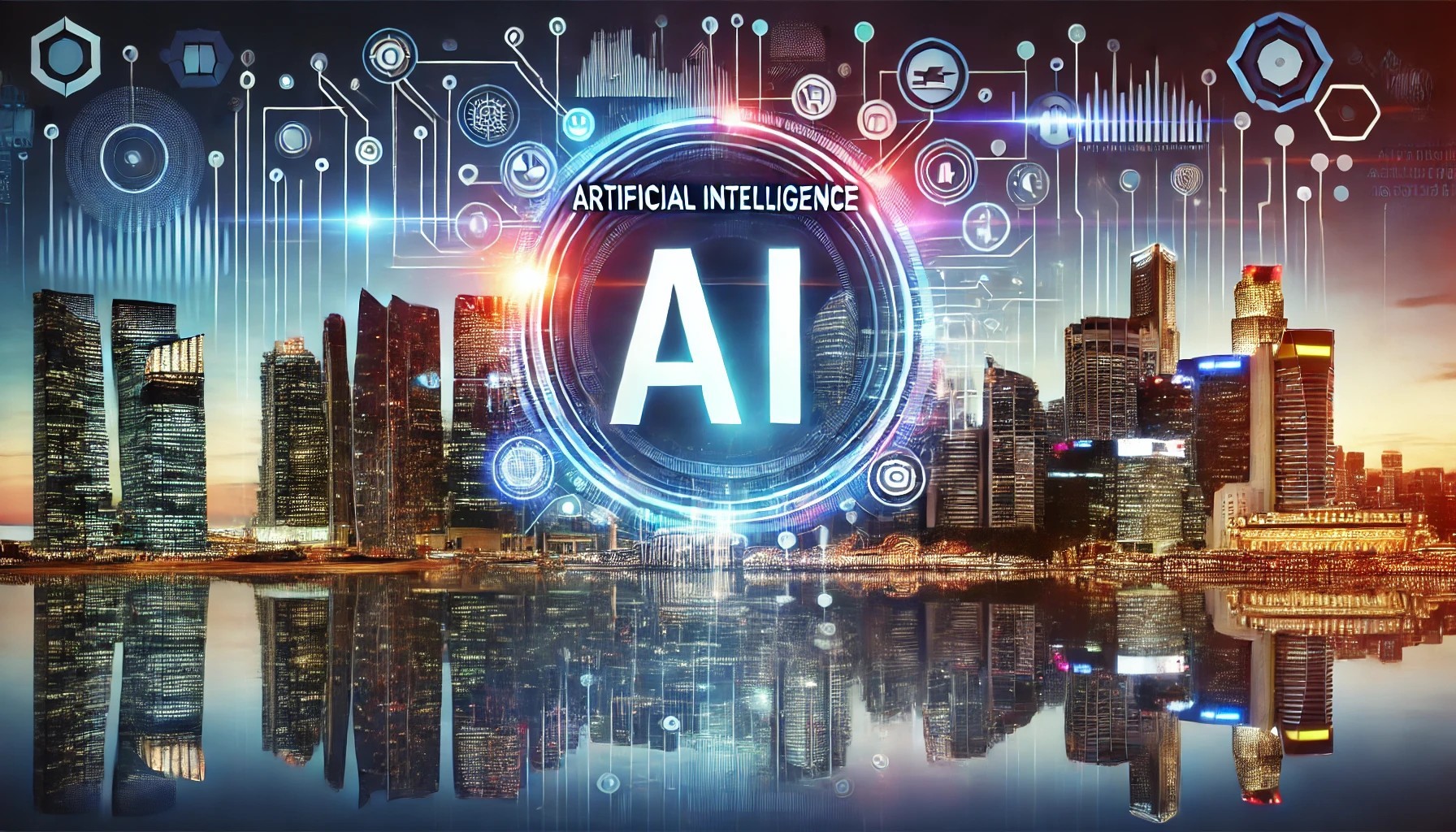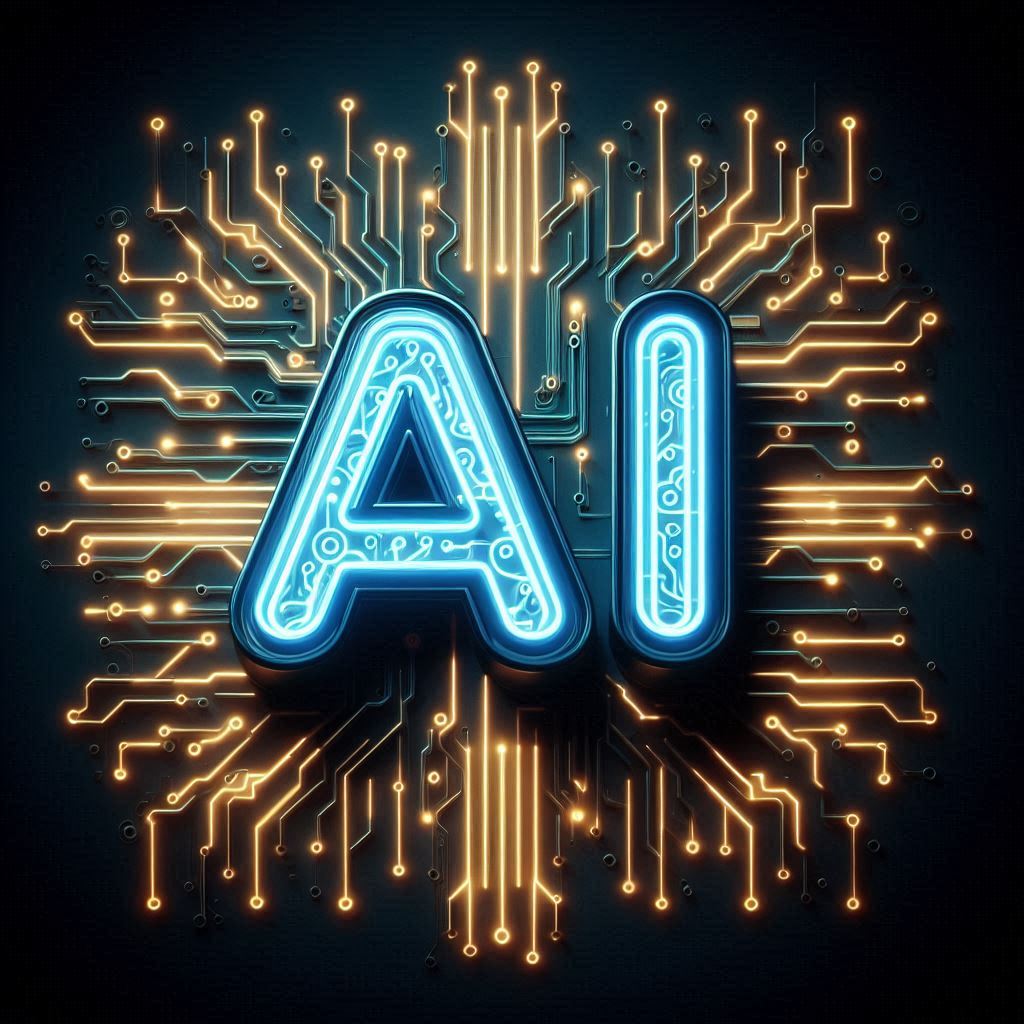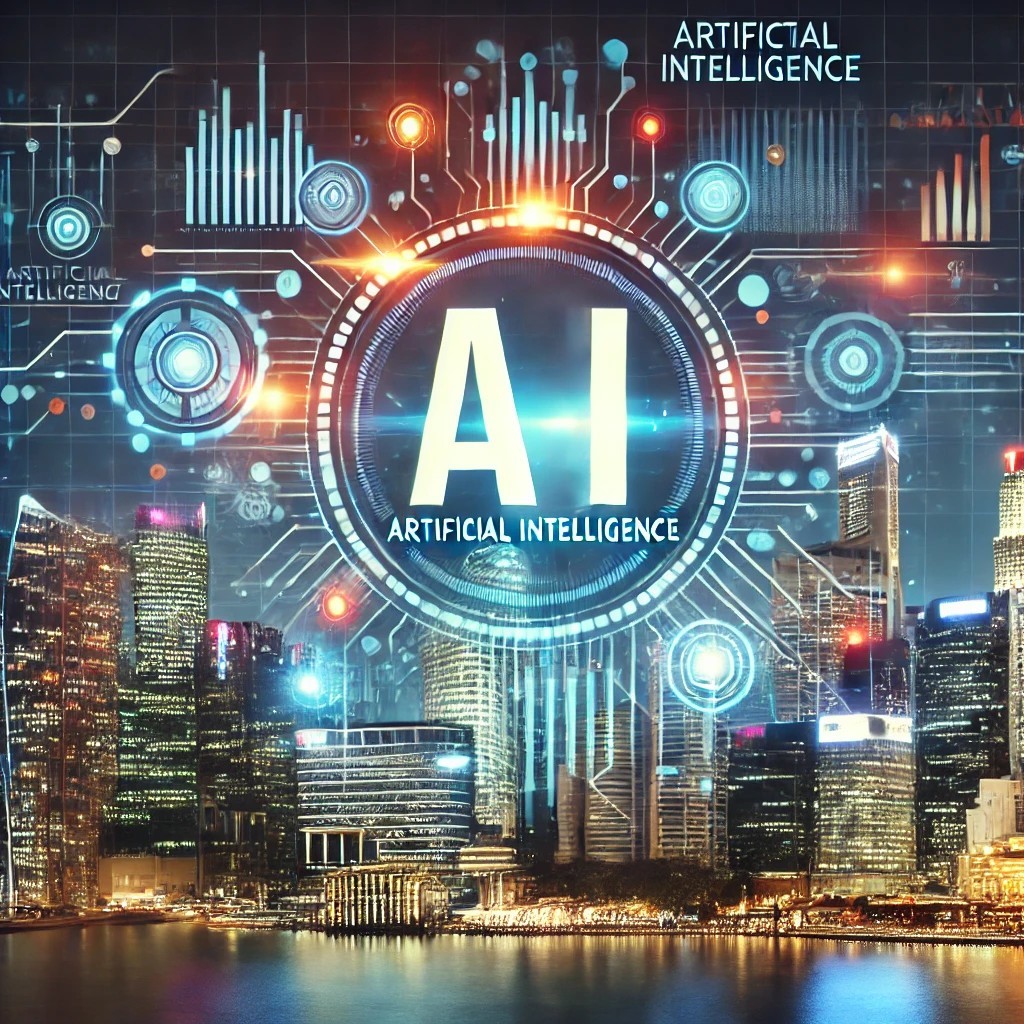
2 Technologies: Artificial Intelligence (AI) vs. Intelligent Algorithms (IA)
In the rapidly evolving landscape of technology, Artificial Intelligence (AI) and Intelligent Algorithms (IA) play pivotal roles in driving innovation and enhancing capabilities across various industries. While these terms are often used interchangeably, they represent distinct concepts with unique applications and functions. This article delves into the differences and relationships between AI and IA, providing a comprehensive understanding of their individual and collective significance.
Artificial Intelligence (AI)
Artificial Intelligence refers to the creation of systems capable of performing tasks that typically require human intelligence. These tasks include visual perception, speech recognition, decision-making, and language translation. AI aims to simulate human cognitive processes, enabling machines to learn from experience, adapt to new inputs, and perform human-like activities.

Key Technologies in AI
AI encompasses a broad spectrum of technologies and methodologies, including:
- Machine Learning (ML): ML involves training algorithms on large datasets to recognize patterns and make decisions based on new data. It includes supervised, unsupervised, and reinforcement learning.
- Neural Networks: These are computational models inspired by the human brain’s structure, used to process complex data inputs and perform tasks like image and speech recognition.
- Natural Language Processing (NLP): NLP enables machines to understand and respond to human language, powering applications like chatbots and virtual assistants.
- Robotics: AI-driven robots can perform a range of tasks, from industrial automation to intricate surgical procedures.
Applications of AI
AI has revolutionized numerous fields, including:
- Healthcare: AI aids in diagnosing diseases, personalizing treatment plans, and predicting patient outcomes.
- Finance: AI algorithms detect fraudulent activities, manage portfolios, and provide customer service through chatbots.
- Retail: AI enhances customer experiences through personalized recommendations and inventory management.

Intelligent Algorithms (IA)
Intelligent Algorithms refer to specific computational methods designed to solve problems, optimize processes, and make decisions based on data. IA forms the backbone of AI systems, providing the mechanisms through which data is processed and analyzed to generate intelligent outcomes.
Types of Intelligent Algorithms
- Decision Trees: These are used for classification and regression tasks, breaking down data into smaller subsets based on specific criteria.
- Support Vector Machines (SVM): SVMs classify data by finding the optimal hyperplane that separates different classes.
- Clustering Algorithms: Techniques like K-means clustering group data points into clusters based on similarity.
- Genetic Algorithms: These are optimization algorithms inspired by the process of natural selection, used to find solutions to complex problems.
Applications of IA
Intelligent Algorithms are utilized across various domains to enhance decision-making and efficiency:
- Data Analysis: IA helps in extracting meaningful insights from large datasets, aiding in business intelligence and analytics.
- Optimization: Algorithms optimize supply chains, financial models, and resource allocations in industries like manufacturing and logistics.
- Predictive Analytics: IA powers predictive models that forecast trends, customer behavior, and market dynamics.
Relationship Between AI and IA
While AI focuses on creating systems that exhibit human-like intelligence, IA deals with the specific algorithms and techniques used to achieve intelligent behavior. AI systems rely heavily on Intelligent Algorithms to process data, learn from it, and make informed decisions. Thus, IA is an integral component of AI, enabling it to perform complex tasks efficiently.
SERO-AI: Integrating AI and IA
SERO-AI is an advanced platform that incorporates both AI and IA to deliver cutting-edge solutions. It includes features such as:
- Natural Language Processing (NLP): Enhances customer interactions through intelligent chatbots and virtual assistants.
- Machine Learning Algorithms: Processes vast amounts of data to provide predictive analytics and personalized recommendations.
- Optimization Tools: Utilizes intelligent algorithms to optimize business processes and improve operational efficiency.
By integrating AI and IA, SERO-AI offers a robust framework that leverages the strengths of both technologies to drive innovation and deliver superior outcomes.

Conclusion
AI and IA are foundational technologies that, while distinct, are deeply interconnected. AI aims to emulate human intelligence, while IA provides the tools and techniques necessary to achieve this goal. Together, they form the backbone of modern technological advancements, enabling systems like SERO-AI to transform industries and enhance capabilities. Understanding the nuances and applications of these technologies is crucial for leveraging their full potential in the digital age.
Stay updated on the latest AI trends, visit IMD’s blog and chat with us for personalized advice and information of SERO-AI. Check it out here!
![]()
